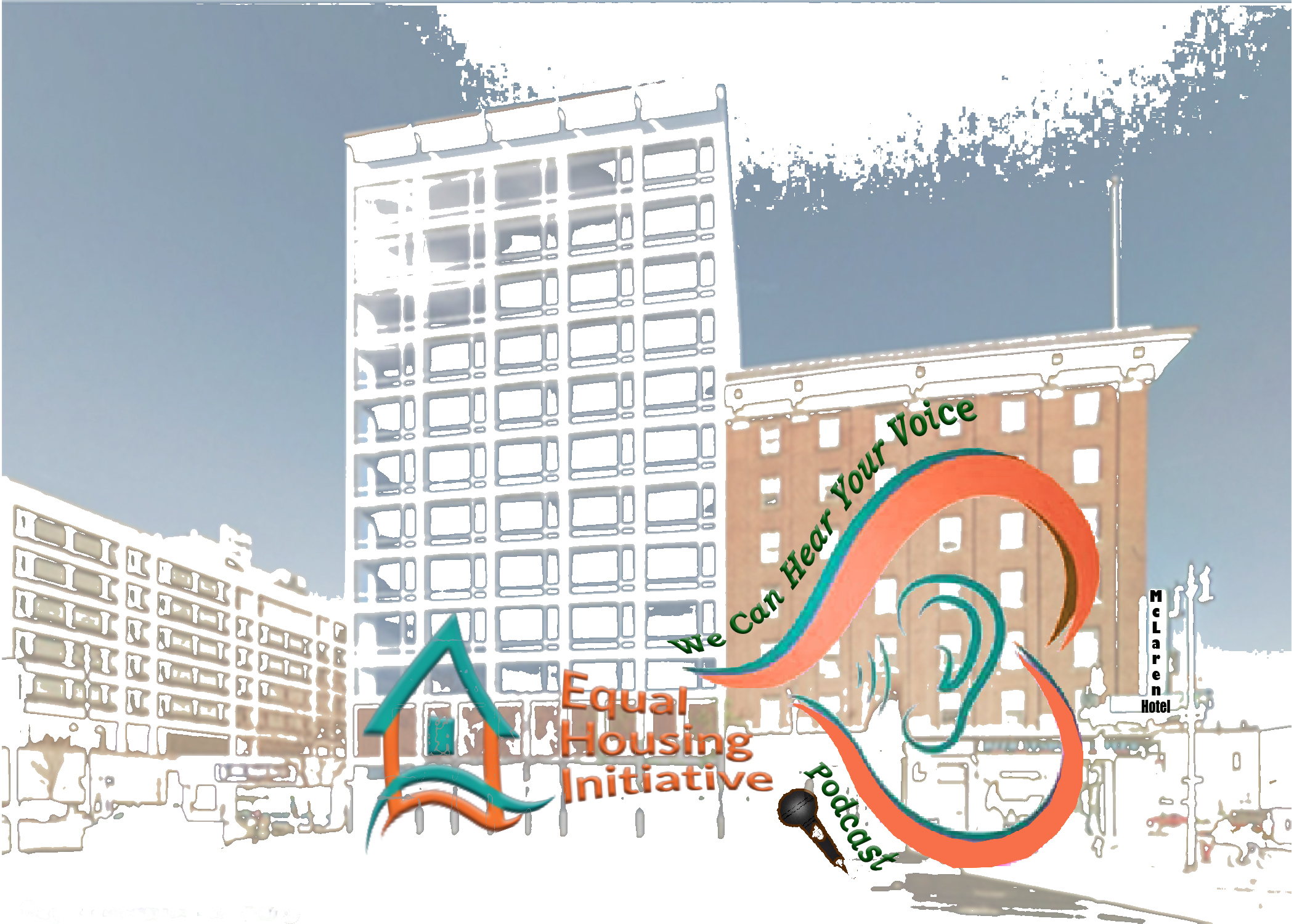EHI Core Functions
Equal Housing Initiative operationalizes its mandate through six (6) core functions:
Filtering - Organizing and managing the most relevant and reliable information.
Amplifying - Taking new, little-known, or little-understood ideas, giving them weight, and making them more widely understood.
Investing - Offering a means to give projects the resources they need to carry out their main activities.
Convening - Bringing together different, distinct people or groups of people.
Community Building - Promoting and sustaining collective values and standards.
Learning and Facilitating - Helping members and projects carry out their activities more efficiently and effectively.
EHI governance and leadership are guided by the following principles:
Dedication - A commitment to the unwavering pursuit of equal and equitable solutions.
Innovation - Always exploring and transforming ideas into practical realities.
Excellence - With integrity, always aligning actions with values.
Evidence - Make decisions based on the best available evidence only if the evidence is consistently and systematically identified, evaluated and selected.
EHI Framework
Equal Housing Initiative is structured as a community of practice. A community of practice is a group of people who share a concern or a passion for something they do, and learn how to do it better as they interact regularly.
This definition reflects the fundamentally social nature of human learning. It is very broad. It applies to a street gang, whose members learn how to survive in a hostile world, as well as a group of engineers who learn how to design better devices or a group of community members (such as in the case of EHI) who seek to improve service to citizens.(5)
In all cases, the key EHI communities of practice elements are:
The Domain - Members are brought together by a learning need they share (whether this shared learning need is explicit or not and whether learning is the motivation for their coming together or a by-product of the initiative they share).
The Community - Members’ collective learning becomes a bond among them over time (experienced in various ways and thus not a source of homogeneity).
The Practice - Members’ interactions produce resources that affect a shared outcome (whether they engage in actual practice together or separately) that results in innovative outcomes and solutions to shared issues or a problem that might not be achieved separately. They develop a shared repertoire of resources: experiences, stories, tools, ways of addressing recurring problems—in short a shared practice. This takes time and sustained interaction.
Communities of practice are formed by people who engage in a process of collective learning in a shared domain of human endeavor: a tribe learning to survive, a band of artists seeking new forms of expression, a group of engineers working on similar problems, a clique of pupils defining their identity in the school, a network of surgeons exploring novel techniques, a gathering of first-time managers helping each other cope.
(5) https://wenger-trayner.com/resources/what-is-a-community-of-practice/

